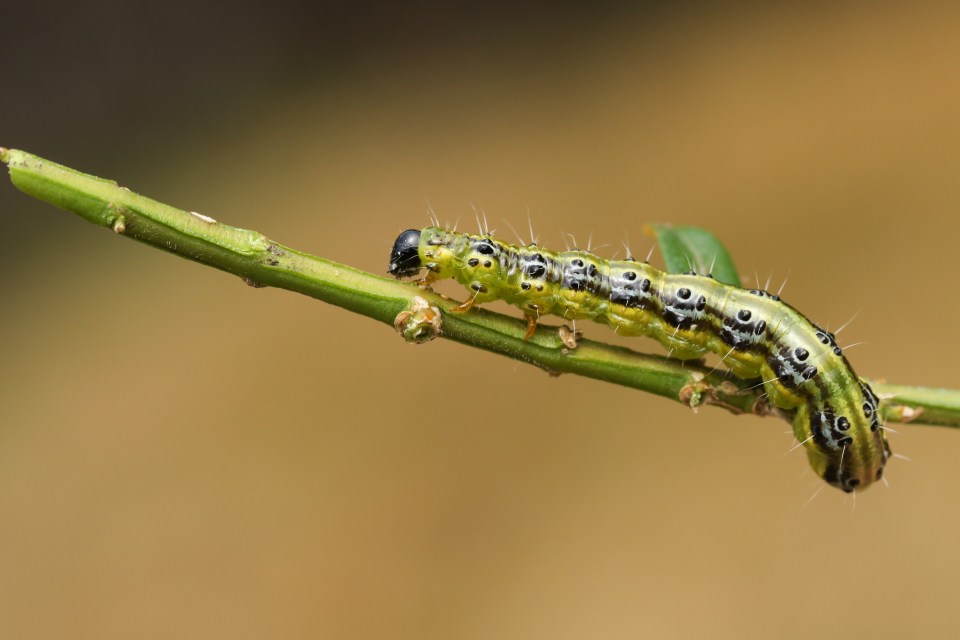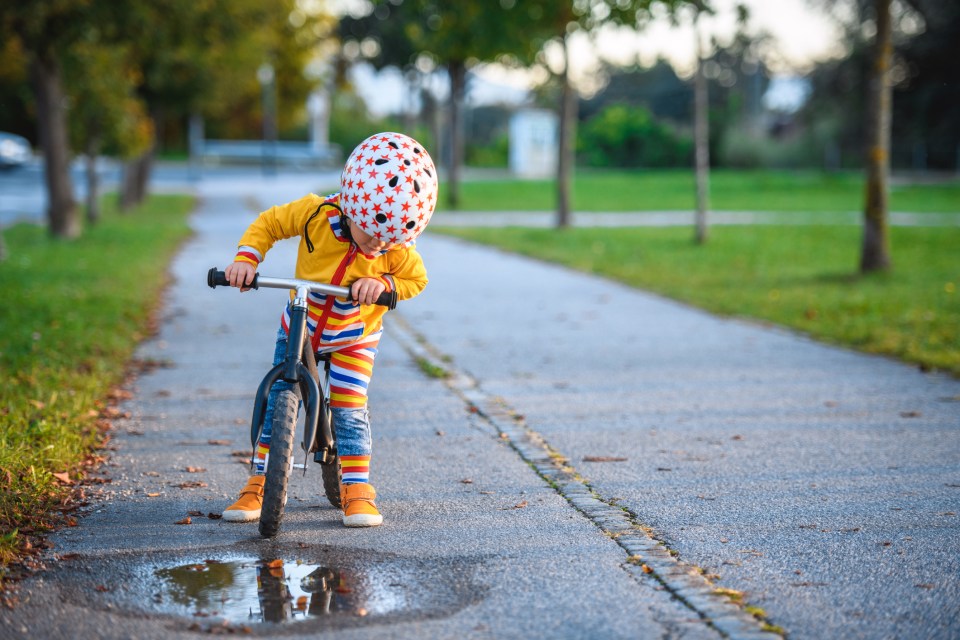A STUDY of 381 six-and-seven-year-olds, revealed their favourites out of the millions of everyday wonders.
Caterpillars (40 per cent), puddles (27 per cent), and diggers (17 per cent) were among the things to children in their tracks.
With 81 per cent picking up and keeping ‘treasures‘, such as stones from the beach, or a particularly wondrous stick discovered in the woods.
It also emerged this wonder is having an impact on their parents, with 62 per cent, of the 600 mums and dads also polled, crediting their youngster for making them appreciate the magic of the everyday things in their environment.
In fact, 55 per cent of parents are more likely to notice and be amazed by these daily wonders because their child is.
As part of Specsavers’ ‘Wonder’ campaign, alongside commissioning this research, museum-style exhibitions have launched across the UK showcasing children’s ‘wonders of the world’ to get parents thinking about the importance of children’s eye health and its impact on their joy and curiosity.
Each installation in London, Manchester, Belfast, Edinburgh and Cardiff features a different ‘wonder’ selected by five local children, alongside their very own plaque.
This includes Yusuf’s Digger, Aoife’s Caterpillar, Ava’s Sunflower, Ffion’s Rock, and Mila’s Seashell.
Professor Sam Wass, child psychologist and neuroscientist, said: “Children see the world in a way adults often forget – full of magic, mystery and wonder.
“Good vision is essential to this journey of discovery.
“It helps children explore, ask questions and learn through play, all of which are essential to their development.”
And kids said they’re most likely spot everyday amazing things at the beach (68 per cent), in the garden (63 per cent), or at their local park (50 per cent).
But 35 per cent will even find something interesting to inspect on the way to school, according to the OnePoll.com figures.
Nearly seven in 10 (68 per cent) parents said their children often stop to look at things most would consider everyday – on average, five times-a-day.
Common phenomena they observe their children stopping to watch and wonder at included birds on a wire (26 per cent), reflections in water (20 per cent), and slug and snail trails (16 per cent).
More than a quarter (26 per cent) even report often being late every few days because their child is too busy being fascinated by an object.
Perhaps as a result, over half (56 per cent) have been encouraged to slow down and look more closely at the world around them.
Which may help the 39 per cent who admitted they very much take their ability to see clearly for granted.
A further 66 per cent would be concerned if their little one stopped pointing out these everyday wonders.
As 19 per cent also said this would be among the reasons they’d book an eye test for their child, as well as if they were struggling to read or write (45 per cent) or rubbing their eyes frequently (44 per cent).
Sarah Joyce, director of optometry at Specsavers, added: “Being able to see clearly is vital to children as they learn about the world – as around 80 per cent of learning in school is visual.
“But around one in five children under the age of 10 have sight conditions that can get in the way of all that wonder.
“Conditions such as long- or short-sightedness, astigmatism, or a squint can often be treated more effectively if they are picked up early – meaning regular eye tests from the age of four, or sooner if they are having any problems, are essential.
“The great news is, for children under 16, the NHS will cover the full cost of the eye test.”
TOP 10 EVERYDAY THINGS KIDS FIND AMAZING
- a sunflower
- a seashell
- a rock
- a caterpillar
- a buttercup
- a daisy
- a puddle
- a crunch leaf
- a stick
- a digger















